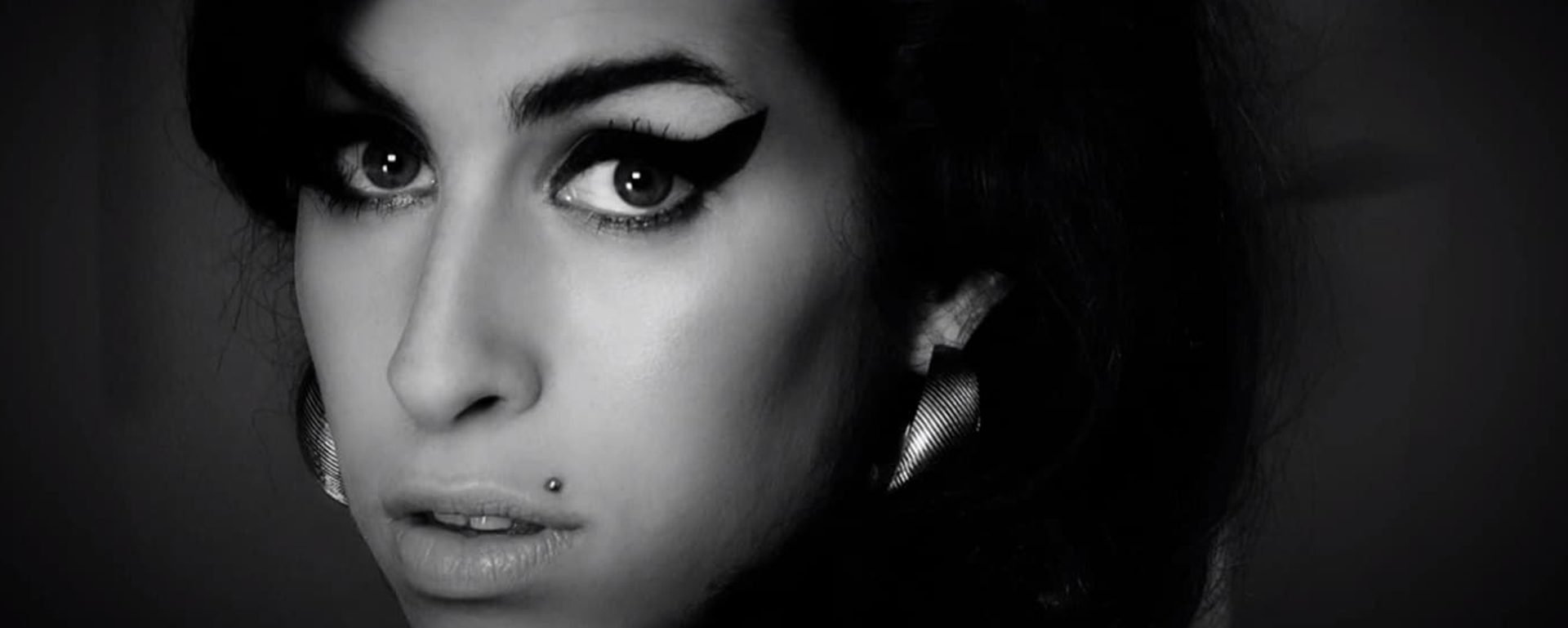Curriculum links: This case study can be used for those studying the module Documentary film on the A-level WJEC / Edqas specification.
Amy is British director Asif Kapadia's documentary about the life of singer Amy Winehouse, who was found dead at her London home in July 2011.
Universal Music, Winehouse's record company, approached the producer James Gay-Rees in 2012, having been impressed by his work with Kapadia on the documentary SENNA. That film, about the life and death of Formula 1 driver Ayrton Senna, garnered critical acclaim and commercial success and won several awards including the BAFTA for Best Documentary.
With the film announced at the 2013 Cannes Film Festival, Kapadia and his team conducted over 100 interviews with Winehouse's friends, family and colleagues. These combine to build a narrative around the young singer's rise and fall. Contributors also provided a wealth of unseen video material of Winehouse's private and public life. The film is without narration and relies on interviews and video footage of the singer as well as the post-mortem interviews to build up an intimate portrait of her life.
A teaser trailer for the film was shown in the build-up to the 2015 Grammy Awards and a July release date was announced. The film's distributor, Altitude Film Distribution, submitted the same trailer to the BBFC for classification in March 2015. The trailer was rated U, with Compliance Officers noting that:
'There are no references to her drug use or death and although that's obviously likely to be in the background of the mind of most viewers there is actually nothing on screen to challenge a straightforward U.'
The company submitted another similar trailer in May 2015 and this too received a U rating. The film was completed in time to be shown in the Midnight Screenings section of the Cannes Film Festival in the same month and was submitted to the BBFC for classification in June.
The film arrived with a 12A request, a category that was quite quickly ruled impossible due to the language, with the film containing two uses of very strong language ('c**t') and twenty-one of strong language ('f**k'). BBFC Guidelines at 15 state that 'Very strong language may be permitted, depending on the manner in which it is used, who is using the language, its frequency within the work as a whole and any special contextual justification.' Neither use of 'c**t' is aggressive, although one is directed, spoken by Winehouse to a male companion when she is applying make-up. She responds to some teasing by saying "I'm trying to cover my spots, you fucking c**t." It is spoken in an almost jocular way, with the recipient of this statement clearly unfazed by it and the language is acceptable at 15.
The film also contains a number of drug references, particularly to crack cocaine and heroin. There is some sight of drugs but the film does not show any actual drug misuse. BBFC Guidelines at 15 state that 'the work as a whole must not promote or encourage drug misuse' and Winehouse's drug misuse is painted in a very negative light. The film also makes a direct connection between the drugs and her bulimia, spoken about by Winehouse's mother and mentioned as another causal factor in her declining health. Compliance Officers noted that the scene in which Winehouse's body is removed from her home in a body bag after her death is also very impactful and one report said:
'If ever there was a salutary lesson about the evils of drug and alcohol abuse, this is it.'
Compliance Officers also noted the use of flashing lights in the film and suggested that the company should advise viewers about this by means of an on screen warning or a warning in cinema box offices.
The film was passed at 15, with the insight very strong language, strong drugs references.
The detailed Ratings Info notes:
'…There is infrequent use of very strong language ('c**t') and occasional use of strong language ('f**k')
There are frequent references to the use of various illegal drugs, including marijuana, crack cocaine and heroin, as well as extensive alcohol abuse. The references are occasionally accompanied by sight of drugs, including cocaine being cut and needles lying on a table. However, the work as a whole does not glamorise or condone drug use.
There are occasional moderate sex references, as well as discussion of Winehouse's bulimia and depression. Infrequent references to self harm also occur.'
The film was released in the UK on 3rd July 2015, playing on 133 screens. It took £519,000 in three days, the biggest ever opening for a documentary.
The film went on to take £5.7 million at the UK box office and a further £12.6 million worldwide. It was nominated for a slew of awards, taking home both the Academy Award and the BAFTA for Best Documentary feature.
The BBFC received no complaints about the film's rating.
